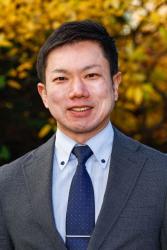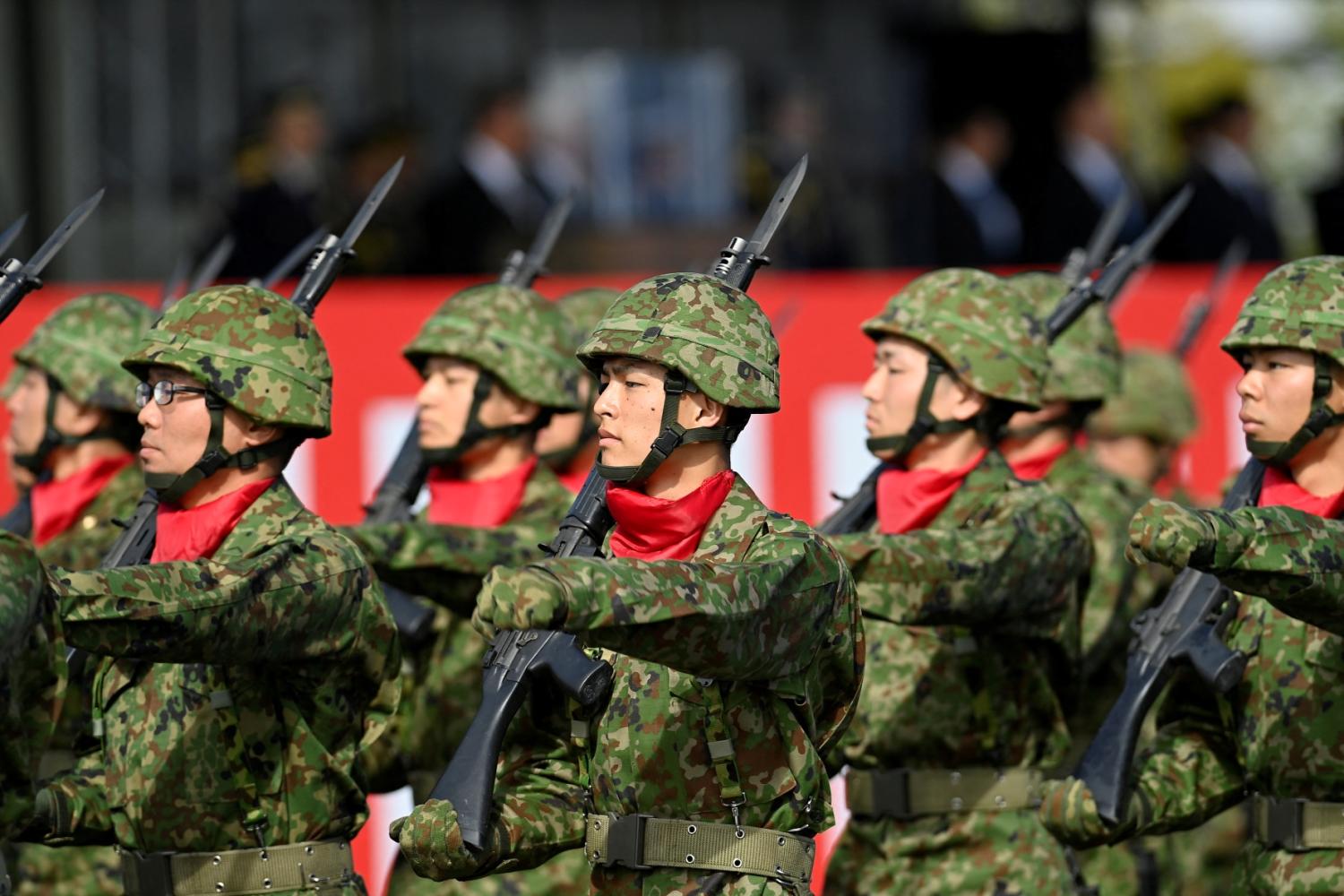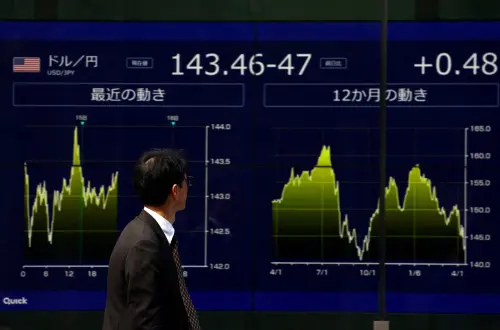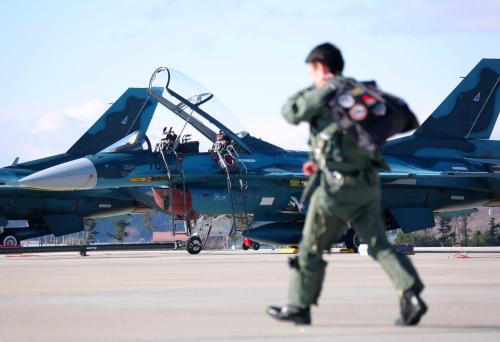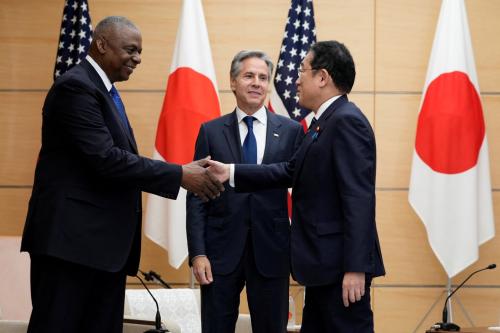Executive summary
The acquisition of the most advanced fighter aircraft is of little strategic value if there are insufficient personnel to operate them. This is no longer a concern for the distant future—it is an immediate and pressing reality.
As Japan’s security environment grows increasingly severe, the Japan Self-Defense Forces (JSDF) is undertaking a fundamental reinforcement of defense capabilities. At the same time, they face the irreversible constraint of a declining population. A shrinking pool of recruitment-age individuals, mounting difficulties in attracting new personnel, and rising mid-career attrition have collectively made it increasingly difficult for the JSDF to maintain even its authorized strength (i.e., the personnel level legally defined by Japan’s Ministry of Defense). Moreover, the nature of warfare itself is shifting, with unmanned systems becoming a global standard for reducing human casualties on the battlefield.
Against this backdrop, this paper focuses on the personnel base of the JSDF—particularly that of the Japan Air Self-Defense Force—and explores the need to restructure force development considering a steadily shrinking manpower base. It proposes the strategic advancement of labor-saving and unmanned approaches. Specifically, it identifies five key areas for further deliberation: rationalizing the number of manned aircraft with the integration of unmanned assets; streamlining and optimizing command and control structures; promoting multi-skilling (i.e., equipping personnel with competencies beyond their primary specialty) among personnel; enhancing base defense through advanced technologies; and optimizing the number and operation of pilot trainer aircraft.
This paper’s aim is to offer concrete proposals to strengthen Japan’s defense capabilities from a human-resources perspective, and to inform and advance future discussion, while acknowledging the structural constraint of demographic decline. Reducing reliance on manpower is not simply about efficiency—it represents a fundamental reconfiguration of personnel roles that protects and empowers those who serve. This evolution should not be limited to the JSDF alone. Rather, labor-saving and unmanned capabilities should be clearly positioned as a national-level initiative to support the long-term sustainability of Japanese society in the era of demographic change.
-
Acknowledgements and disclosures
The opinions expressed here are the author’s alone and do not represent the position of the Japan Air Self-Defense Force, the Japan Ministry of Defense, or the Japanese government.
The author is grateful to Michael O’Hanlon, Mireya Solís, Alejandra Rocha, Derek Solen, Tetsuro Fujimoto, Ken Wada, Yuta Kotsuki, Tetsuya Morinaga, and Katsunori Kurusu for their helpful comments and feedback on this paper. Special thanks are also due to Natalie Britton for her advice, Alexandra Dimsdale and Adam Lammon for editorial support, and Rachel Slattery for layout support. The author also wishes to thank Junya Sasaki and Aya Yano for their assistance in preparing this paper for publication.
The Brookings Institution is committed to quality, independence, and impact.
We are supported by a diverse array of funders. In line with our values and policies, each Brookings publication represents the sole views of its author(s).
